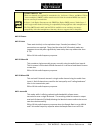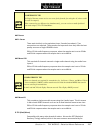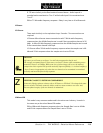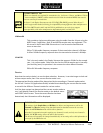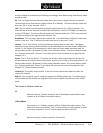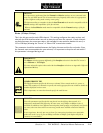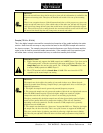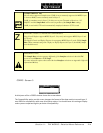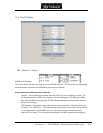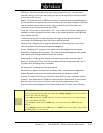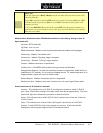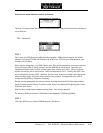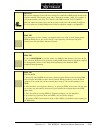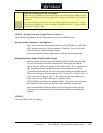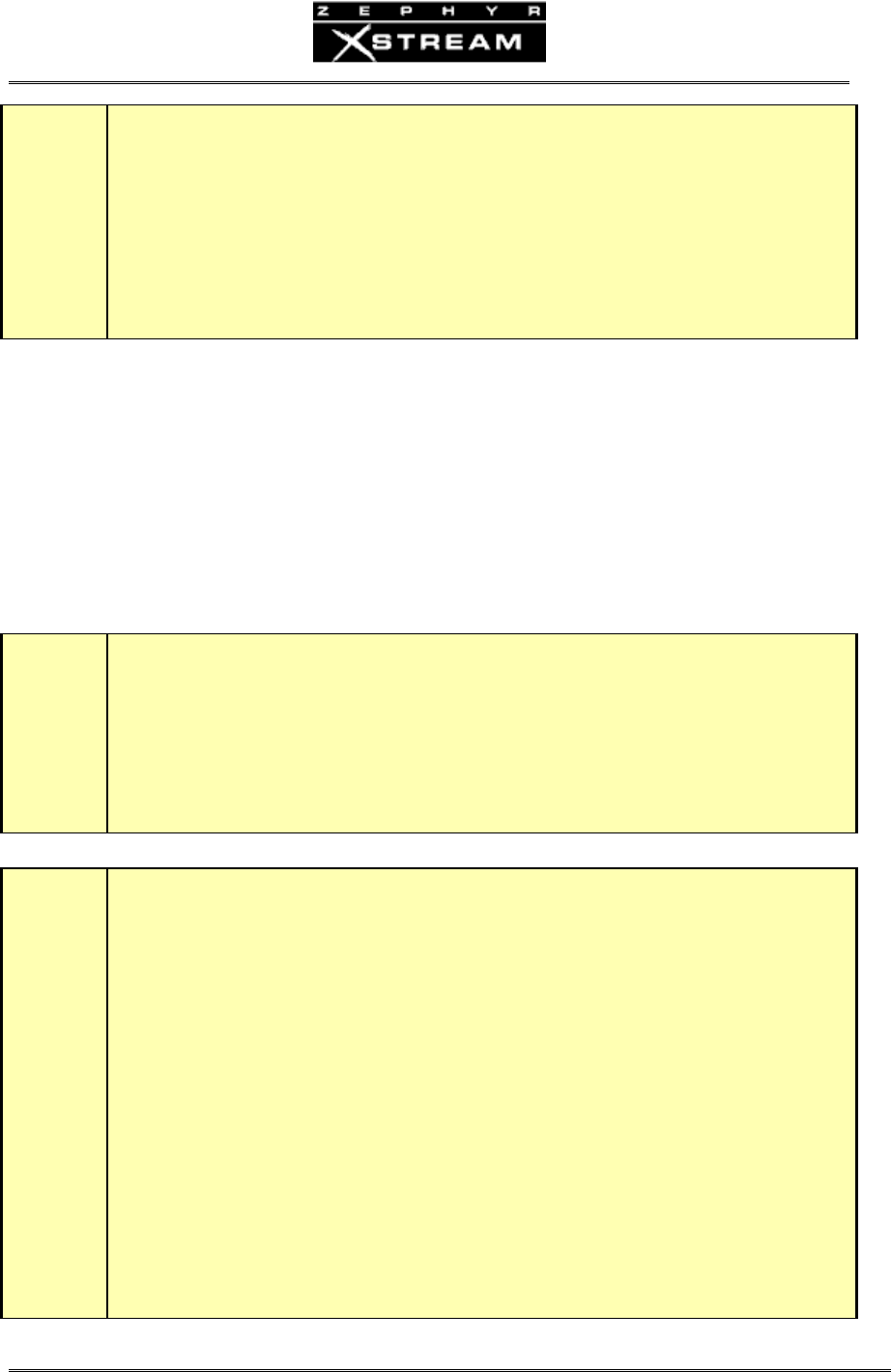
USER’S MANUAL
Section 11: THE WORKS – Detailed Menu Reference 213
h
HOT TIP!
Since the network has to know the bit rate for a given call, this information is available to the
Xstream on incoming calls. Therefore, the Xstream will switch to the rate of the incoming
call.
There is one exception however. If the Xstream already has a call in progress at a given rate,
and a second call comes in (i.e. from a third codec) at the other rate, the unit will accept the
call, but will not change bit rate (since that would cause a loss of audio to/from the original
site). There will be no lock or audio from the site associated with the second call. In this case,
the second site should drop the call, change rates to match, and redial.
Sample (32 kHz; 48 kHz)
Thisisthedigitalsamplerateusedfortransmission/receptionofthecodedaudiobythecodec
section.NotethatthisratemayormaynotbethesameastheAES/EBUsamplerateusedon
theinputoroutput.ThesampleratemustbematchedbetweenyourZephyrXstreamandth
e
codecatthefarendforsuccessfulaudiotransmission.Ifthesamplerateisnotmatched,you
willeitherhave:nolock,intermittentlockloss,oraudiothatsoundspitchshifted.
w
IMPORTANT TIP!
1) Zephyr Xstream only supports the 24kHz sample rate in MPEG Layer-2 (or when used in
“IP streaming mode” where the selections for this menu are different). Therefore, the
Sample Rate menu does not have this option. The “L2 Half 64” Transmit mode is used
to achieve 24kHz operation in MPEG Layer-2.
2) The G.722 standard calls for a Sample Rate of 16kHz. This rate is used for G.722
regardless of the actual sample rate setting.
h
HOT TIP!
The sample rate choice affects the quality of your audio in three ways. Please keep the
following in mind when selecting a sample rate for your application. Also, see Section 6 for
additional information.
1. The higher the sample rate the greater the potential frequency response.
2. The greater the sample rate, the greater the number of bits in the raw digital audio stream.
Since the ISDN channel capacity is fixed, the higher sample rate results in a higher
compression ratio in the codec stage (i.e. there’s no such thing as free lunch).
Therefore, paradoxically, the higher sample rate (all other factors being equal) will often
result in lower quality audio (more compression artifacts). This will vary somewhat,
depending on the source material. For this reason the 32 kHz sample rate is generally
preferred over the 48 kHz rate.
3. The sample rate determines the “frame rate” through the DSP core. Therefore, the higher
the sample rate, the lower the delay. This is one of the reasons we support the 48 kHz rate.
This gives you the choice of reducing your delay by allowing a slight decrease in fidelity.
Of course the powerful AAC-LD mode allows excellent audio performance along with low
delay.




